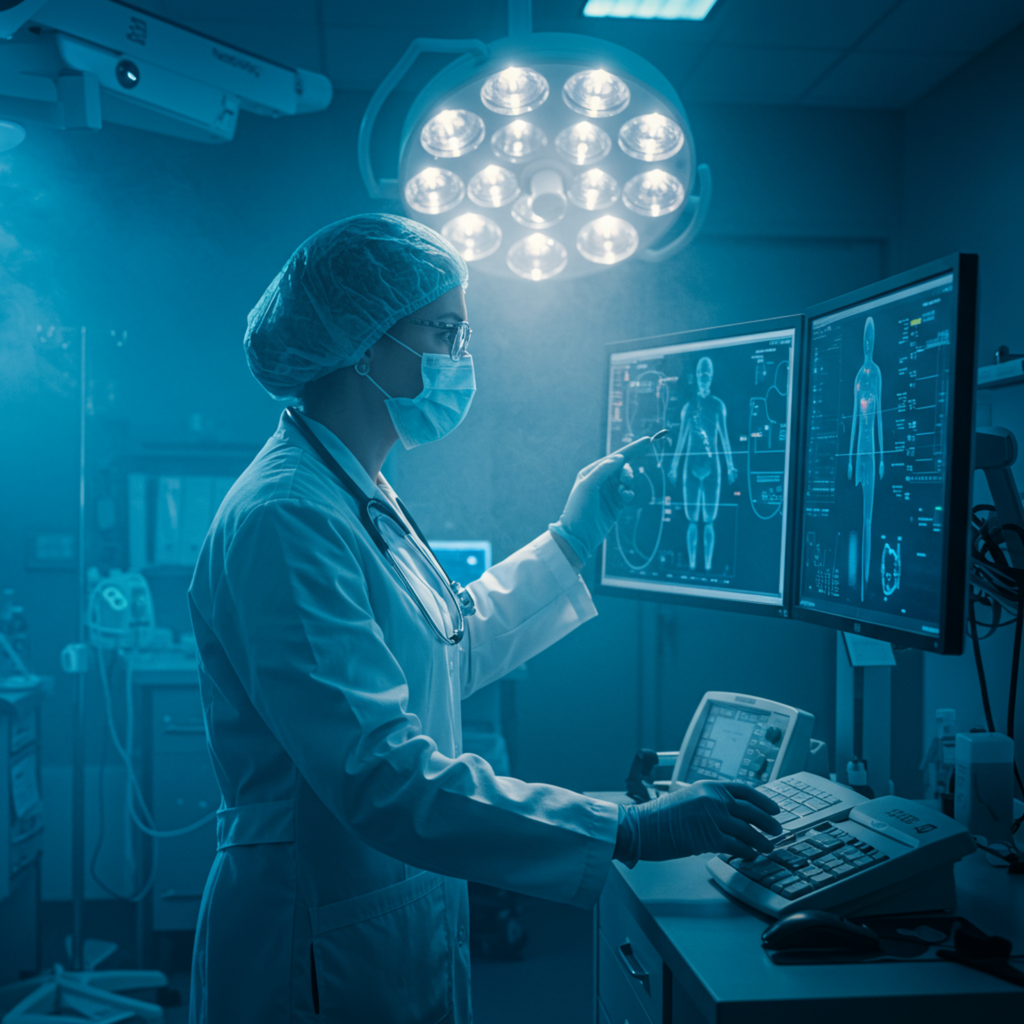Introduction:
AI-Driven Video Annotations Revolutionizing Healthcare Access and Impact AI’s transformative power in healthcare is now within reach for every practice. Video medical annotations are democratizing access to sophisticated technology, reshaping patient care in unprecedented ways.
1. Enhancing Telemedicine with AI Video Annotations in Healthcare:
The growth of telemedicine is greatly enhanced when AI video annotations are incorporated. Imagine the possibilities: healthcare professionals are able to assess, diagnose, and treat patients remotely, no matter where they are located. This empowerment of remote healthcare services is transforming how healthcare is delivered, making it more accessible and efficient. This is where the importance of AI-powered medical video analysis comes into play.
AI video annotation in healthcare is also improving medical diagnostics with AI-powered image and video annotation. By adding detailed labels and metadata to video footage, healthcare providers can gain deeper insights into patient conditions and treatment outcomes. The precision offered by AI-powered medical video analysis is essential for accurate assessments and effective care.
2. Video Annotation for Surgical Analysis:
One of the most impactful applications of AI video annotation in healthcare is in surgical analysis. Video labeling in surgeries provides invaluable insights into crucial steps, techniques, and even potential mistakes. This detailed analysis is vital for debriefing, training, and ultimately, enhancing surgical safety. Medical video annotation using AI allows surgical teams to review procedures, identify areas for improvement, and refine their techniques.
The insights gained from surgical video annotation services can also be used to develop better training programs for surgeons. By analyzing videos of both successful and unsuccessful surgeries, trainees can learn from experienced surgeons and develop their skills more effectively. This leads to improved surgical outcomes and enhanced patient safety.
3. Ophthalmology and Image Annotation:
Image annotation plays a crucial role in ophthalmology, aiding in the identification of eye diseases such as diabetic retinopathy and age-related macular degeneration. Early detection and treatment are essential for preventing vision loss, and image annotation paves the way for this. The use of healthcare video annotation software in ophthalmology enables healthcare providers to accurately diagnose and treat eye conditions, improving patient outcomes.
By using AI-powered medical video analysis, ophthalmologists can identify subtle patterns and abnormalities that may be missed by the human eye. This leads to earlier diagnoses and more effective treatments, preventing vision loss and improving the quality of life for patients.
4. Fueling AI Models with Video Data Annotation:
Video data annotation is a game-changer in grooming AI models in healthcare. It equips them with the necessary data to recognize patterns, pinpoint abnormalities, and make accurate predictions. AI video annotations in healthcare provides the foundation for AI models to learn and improve, leading to better diagnostic and treatment outcomes.
The process of video data annotation involves labeling and categorizing different elements within video footage, such as organs, tissues, and medical instruments. This labeled data is then used to train AI models to recognize these elements and identify any abnormalities. The more high-quality annotated data available, the more accurate and reliable the AI models become.
5. Video Annotation for Patient Monitoring:
Video annotation significantly benefits patient monitoring, assisting healthcare providers in closely tracking patient recovery, especially for those undergoing physical therapy or those with movement disorders. Medical video annotation using AI enables healthcare professionals to monitor patient progress, assess the effectiveness of treatments, and make adjustments as needed.
For patients undergoing physical therapy, video annotation can be used to track their movements and assess their progress in regaining mobility. This data can be used to personalize treatment plans and ensure that patients are receiving the most effective care. Similarly, for patients with movement disorders, video annotation can help healthcare providers monitor their symptoms and adjust medication dosages accordingly. The detailed insights provided by AI-powered medical video analysis are invaluable in these scenarios.
Conclusion:
So, what’s the takeaway? We’ve seen how video annotation is truly changing healthcare, making things easier for doctors and better for patients. From spotting eye diseases early to helping with surgery and recovery, it’s all about smarter, more efficient care. I hope this inspires you to see the incredible possibilities ahead. Let’s embrace these advancements and keep pushing for a healthier future for all.
